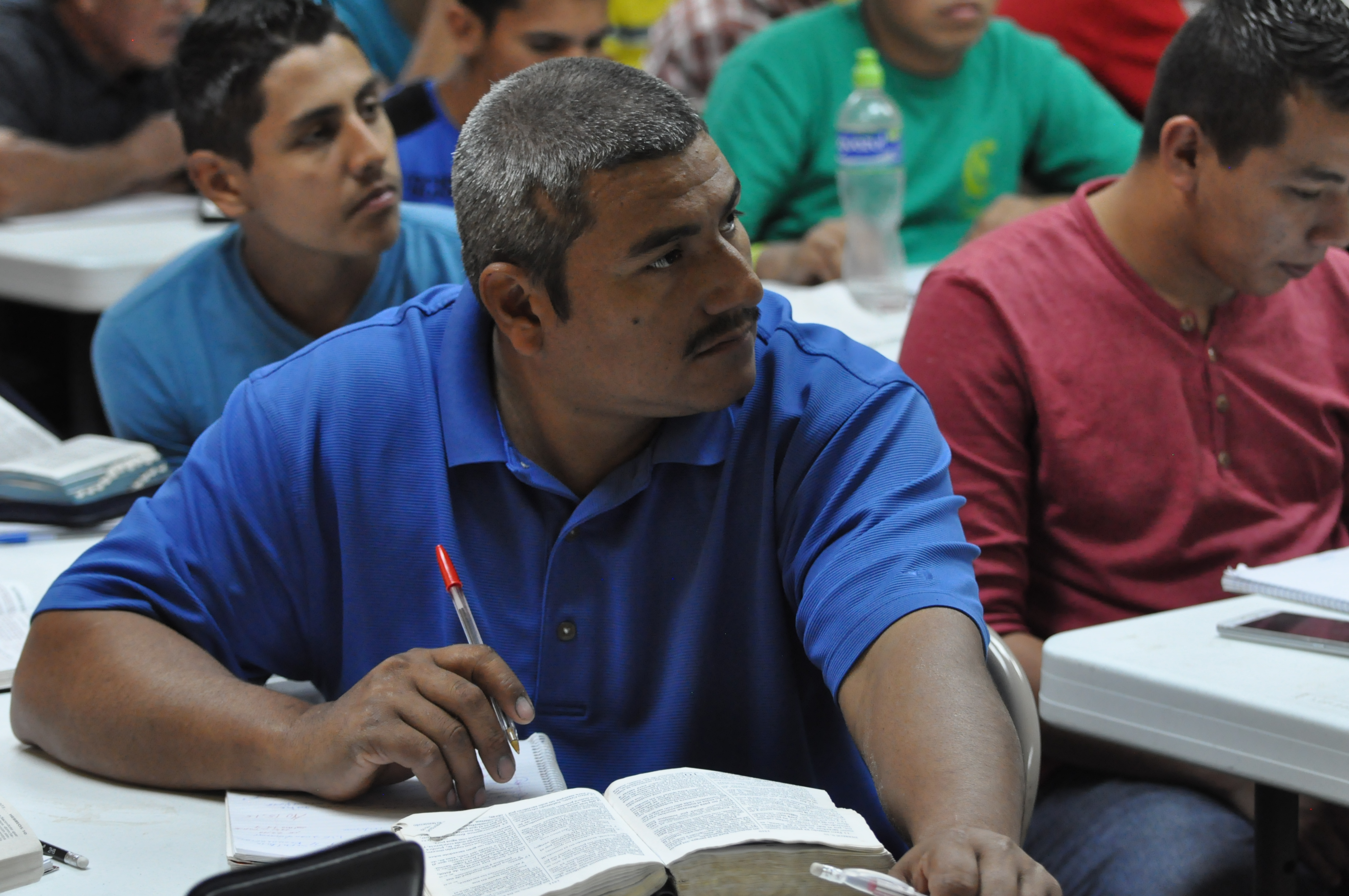
25 Apr Transforming Individuals, Communities, an Entire Region Through Church Planting
 Commonly, when people discuss “church planting”, there is a difference in understandings as to what the term means. For years, in Latin America, that term has meant that a U.S. congregation will pay a salary to a graduate of a school of preaching to be “their” missionary in a new church plant. Sometimes the new church is in another part of the country where the “missionary” is from. In other instances these school of preaching graduates are paid by the U.S. congregation to be a missionary in another Spanish speaking country.
Commonly, when people discuss “church planting”, there is a difference in understandings as to what the term means. For years, in Latin America, that term has meant that a U.S. congregation will pay a salary to a graduate of a school of preaching to be “their” missionary in a new church plant. Sometimes the new church is in another part of the country where the “missionary” is from. In other instances these school of preaching graduates are paid by the U.S. congregation to be a missionary in another Spanish speaking country.
While much good work for the Kingdom has been done using this model it has fallen far short of meeting the need for new churches. At Mission UpReach we don’t think that there is any one, single way to plant new churches that thrive in the communities in which they are planted. One of our early mentors, Bob Brown (a missionary in Venezuela for 20+ years) used to ask us, “you know the best way to plant and grow churches?” His answer to his own question was, “plant and grow churches”. Bob’s very successful approach to church planting is not too different from Nike’s famous slogan, “Just Do It”.
Church planting is obviously not that simple and Bob wasn’t saying that it was. The reality is that it is a complex, dynamic process and one that we here at Mission UpReach study all of the time in order to become better at it. In spite of the fact that it is complex, the fundamentals require us to execute on a plan. We shouldn’t overthink the process. In other words, “Just Do It” in the church planting business means “get busy working at it and learn from your mistakes, trusting that you are doing God’s will”. Mission UpReach’s methodology in church planting is designed to take into account the specific demographics, the specific geography as well as the specific culture that exists throughout the western highlands of Honduras. It is also designed to produce self-led, self-sustaining and self-replicating congregations. Our dream is that in the next twenty years, God will bless our efforts with a grass-roots revival that leads to the establishment of 1010 congregations.
In reality a new congregation is not our only goal. Our dream, and what we are diligently working towards, is to plant congregations that are led by empowered, Christian men and women that are from the community in which the church is located. We believe these men and women, who have adequate Biblical training, will be an unstoppable force for transformation in their own communities. We call our vision “The John 1010 Generation”. In the last part of verse 10 Jesus talks about the abundant life that He offers to all of His disciples. We think this verse, more than any other, communicates our vision of new churches led by members of the community which transform their communities.
One of the limiting factors in a “traditional”, missionary church planting model is that money is always in short supply for paying the salary and expenses of the “missionaries”. In order to overcome this significant hurdle we have designed the Mission UpReach model for church planting to focus on training men and women in a rigorous, two-year-long training program. These men and women don’t leave their jobs to study in our program. The idea is to make every man and woman in the congregation a minister. CRESCO is the name of our Saturday Bible School that provides this training. In order for us to realize our dream of 1010 churches planted in the next twenty years we need to graduate at least 4,000 men and women from this program.
Four thousand…is a huge number. In order to approach or exceed this goal we have begun opening satellite schools in congregations across the region. While our main campus for CRESCO is located in Santa Rosa de Copán, we presently have a satellite school in Tutule, La Paz, Honduras, and another one in Ahuachapan, El Salvador. Our goal next year is to open at least two additional satellite schools (and even more satellite schools in the years to follow). Local congregations host these schools and the individual students pay for the cost of study for the two-year program, which is minimal. This model works. It both trains and inspires those who study in the program to become church leaders and church planters and at the same time is affordable for those who want to participate.
One day, twenty-five or thirty years in the future we think people will say, “look at this grass roots revival that has broken out overnight”. Lord willing, there will be 1010 churches that are knitted together into a restoration movement that spills over into every town and village in the region. That “overnight” revival that future generations will see is going to take 20 years of preparation.


No Comments